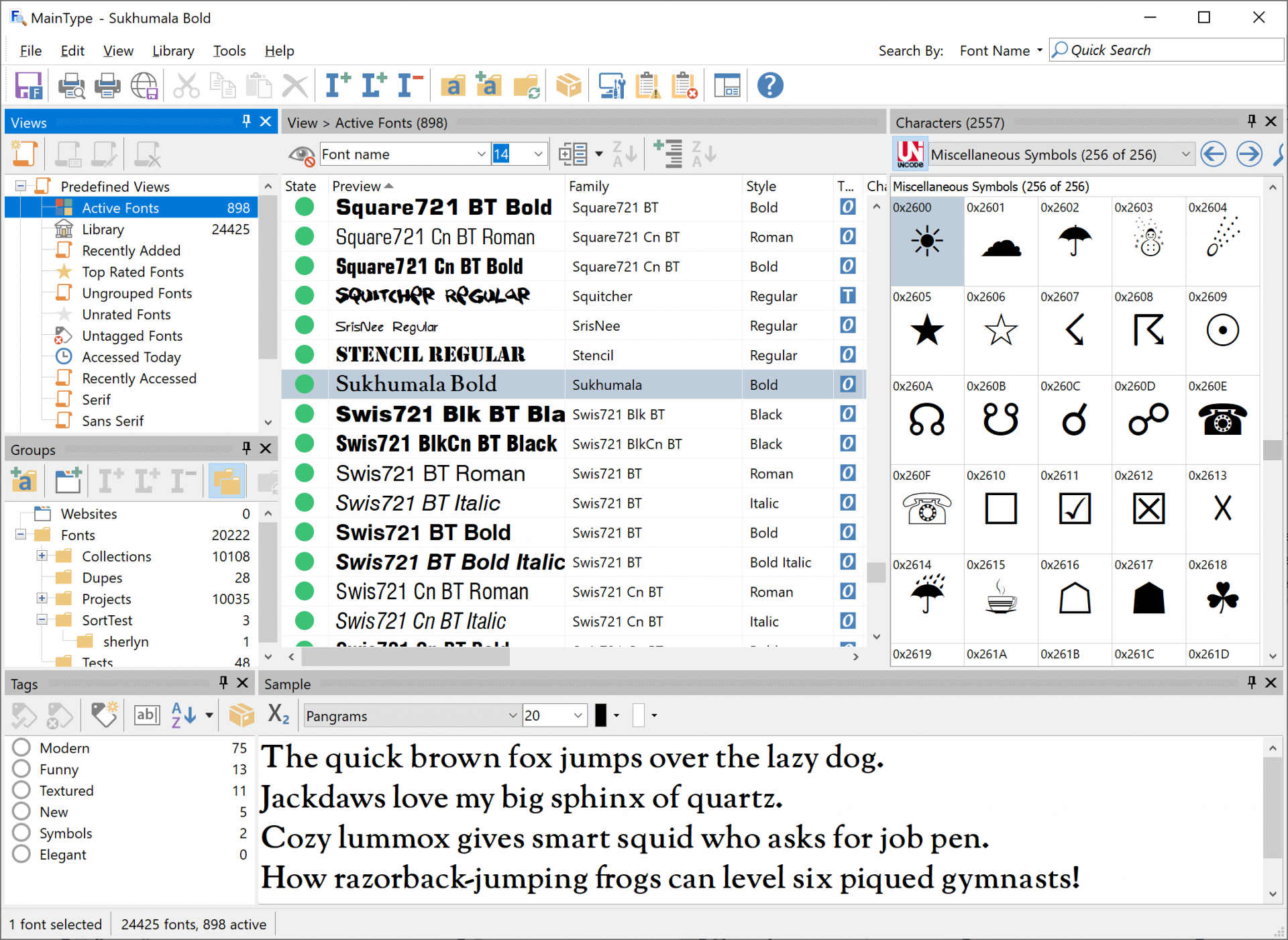

Peptide amide hydrogens are not permanently attached to proteins, but they reversibly interchange with hydrogen present in solvent water. These approaches are problematic in structural genomics efforts, where high-throughput and low cost are dominating considerations ( 11). Most importantly, there is no facile method to confirm that the truncations designed have retained the stable elements of the full-length protein. Interpretation of limited proteolysis results is confounded by the possibility that proteolysis may clip internal loops, leading to destabilization and further proteolytic degradation of what originally was a structured region. Although limited proteolysis coupled to MS is a preferred approach, its use is time-consuming, frequently requiring that multiple proteolytic reactions be refined for optimal cleavage ( 6). NMR spectroscopy is one of the most powerful techniques to provide protein dynamics information however, protein quantity, concentration, experimental time, and size are often limiting factors. For structural genomics studies, many targets have unknown folds, which limits the utility of bioinformatic predictions. A number of approaches ranging from stability-dependent protein expression screens to computation of stability from primary structure have been reported ( 8– 10). In principle, information regarding protein dynamics could be used to design truncations that retain structure and maintain biological function but are otherwise depleted of disordered regions. Truncated constructs should result in better diffraction and, consequently, result in higher-resolution data more amenable to automated map-fitting procedures ( 6, 7). Even those proteins that readily crystallize can suffer from poor diffraction, and it is likely that disorder plays a significant role. The energetics and kinetics of protein crystallization may be facilitated by selective deletion of these unstructured sequences ( 5).

Removing disordered regions may thus improve homogeneity.

Unstructured regions of proteins are also particularly susceptible to contaminating cellular proteases.

Regardless of their function, unstructured regions can inhibit crystallization. Many generally well structured proteins contain disordered regions that often serve as passive linkers between structurally autonomous domains, or become ordered when they interact with binding partners that provide stabilizing atomic contacts ( 4). Despite these enhancements, successful production of stable proteins that can form x-ray analysis crystals continues to be a serious bottleneck. These efforts have benefited greatly from recent technology enhancements in protein expression and crystallization. Proteome-scale crystallography is being pursued by several groups, including the Joint Center for Structural Genomics (JCSG) ( 1– 3). It is widely anticipated that access to high-resolution protein structures will be greatly facilitated by novel high-throughput improvements to conventional crystallographic methods. This approach represents a rapid and generalized method that can be applied to structural genomics or other targets in a high-throughput manner. Truncations that were defined solely on DXMS analysis demonstrated greatly improved crystallization and have been used for structure determination. DXMS analysis was then correlated with the propensity of such targets to crystallize and was further used to define truncations that improved crystallization. When compared with those targets of known structure, the DXMS method correctly localized even small regions of disorder. Data acquisition and analysis for 21 of these proteins was completed in 2 weeks and resulted in the localization and prediction of several unstructured regions within the proteins. To demonstrate the utility of this approach for improving crystallization success, DXMS analysis was attempted on 24 Thermotoga maritima proteins with varying crystallization and diffraction characteristics. We have developed a number of enhancements to amide hydrogen/high-throughput and high-resolution deuterium exchange MS (DXMS) technology that allow rapid identification of unstructured regions in proteins. Unstructured regions of proteins play an important role in this problem and considerable advantage can be gained in removing them. Crystallographic efforts often fail to produce suitably diffracting protein crystals.


 0 kommentar(er)
0 kommentar(er)
